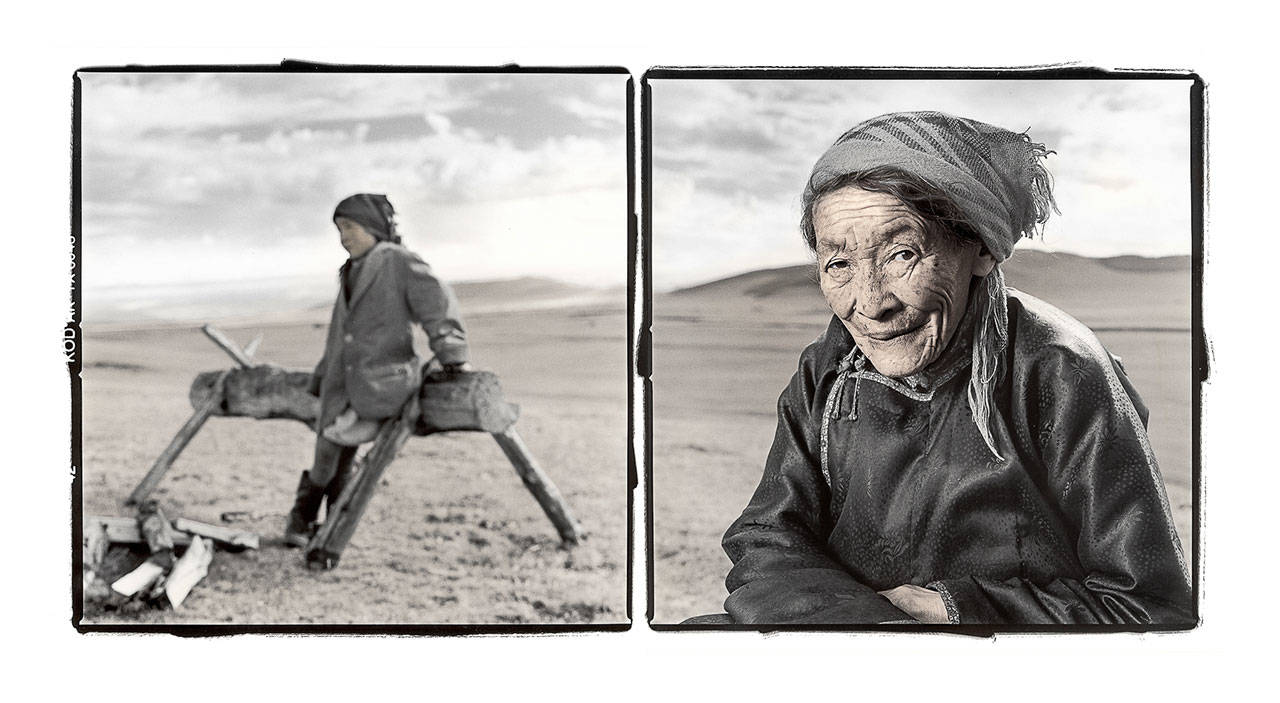When it comes to the subject of mental illness in America — its diagnosis, treatment and public perception — there are no easy answers. That’s not likely to change anytime soon, and documentarians Kevin Tomlinson and Phil Borges aren’t saying it should.
But they are beginning to question the questions.
Western culture, and especially America, treats mental disorders primarily through pharmaceutical and psychiatric treatment options. In their documentary “Crazywise,” though, filmmakers Borges and Tomlinson reveal a growing movement of professionals and survivors who are forging alternative treatments that focus on recovery and turning mental so-called illness into a positive, transformative experience whenever possible.
The movie will be screened twice during the upcoming Seattle International Film Festival: at 1 p.m. Sunday, May 21 at Majestic Bay (2044 NW Market St.), and at 7 p.m. Monday, May 22 at AMC Pacific Place (600 Pine St., Suite 400), with the director/executive producer duo set to attend both showings.
Tomlinson, who grew up on Bainbridge and just recently moved back after living in Seattle for some time, said the goal of the film is not to outright challenge the mental health establishment so much as it is to offer those in doubt another option; to ask the necessary questions.
The film’s genesis came from Borges’ experiences in the developing world, where he worked as a photographer for several human rights causes and organizations such as Amnesty International and the United Nations. After witnessing the reaction of those communities, the way they supported and rallied around those among them with psychological problems, he concluded that Western experts might be going at it all wrong.
“Crazywise” recounts the journeys of two young Americans: Adam, 27, who had suffered several psychotic breaks and adverse reactions to mood-stabilizing medications throughout his life, and Ekhaya, 32, who had struggled to overcome past trauma and deep depression since her childhood.
To deal with his anger issues and medicinal side effects, Adam went on a silent retreat, embracing meditation in the hope of recovery. Ekhaya realized that in order to heal she must confront her past, and then decided to help others by becoming a traditional South African healer.
Through several interviews with both Western professionals and psychologists, as well as the family and friends of Adam and Ekhaya, the documentary explores its main subjects’ alternative spiritual routes of healing, giving a fresh perspective to an ages-old social issue in this modern world.
“One of the things [Borges] noticed when he would go into these tribal groups is that there’s always a healer or a designated seer or a shaman of some sort who worked with the tribe, sort of the spiritual leader of that group,” Tomlinson said. “He saw how some young people who were, for example, having visions or hearing voices, rather than being a panic throughout the village or the tribe about this situation, they actually were mentored by an older shaman who had been through that situation already and recognized it as a potential gift.”
Not all mental illness is so manageable, of course, and Tomlinson is quick to point out that neither he nor Borges would go so far as to offer clinical advice.
“Not everybody that has this experience is a potential shaman — we’re not saying that,” he said. “We’re not medical professionals. We’re coming at this as everymen, and I think that gives us an advantage actually, because we’re very open-minded about what we find. We don’t have any axe to grind with anybody.”
The film is more about examining cultural perceptions and ideals than medical practice.
“We just really wanted to know why is there this crisis in the mental health world right now?” Tomlinson said. “Why are the numbers of people suffering from ‘mental illness’ going up when we have all these medications available to people? You’d think that would bring the numbers down.”
With the lack of treatment options such as medicine or hospitalization, Tomlinson said that communities in the developing world have had to reach their own solutions — and they’ve been perhaps surprisingly effective.
“What people over there are doing is, they treat it in a way where someone is mentored, someone is taken under the wing of someone who’s had this experience themselves,” he explained.
Though the film is not specifically anti-medication, Tomlinson said that by the very nature of its subject matter and the questions it raises, some will of course see it that way. Though, he said both he and Borges feel people should do what works for them specifically.
A lot more money and resources have been put into pharmaceutical options so far in America than social ones, he said, and the film is simply a means to explore another potential path of treatment, one that has been proven to work in other cultures.
“We’re looking for a silver bullet to take care of these problems and we have a great affinity or an attraction to technology,” he said. “A lot of people view this as a normal human experience, almost like going through puberty.”
Borges and Tomlinson first worked together in 2010 on the set of the film “Postcards From Heaven.” Borges wrote, with codirection and cinematography by Tomlinson.
Visit www.crazywisefilm.com to learn more.
The 43rd annual Seattle International Film Festival will take place from Thursday, May 18 through Sunday, June 11 at various theaters around the city. Visit www.siff.net for ticket info and prices, as well as a complete SIFF schedule.



